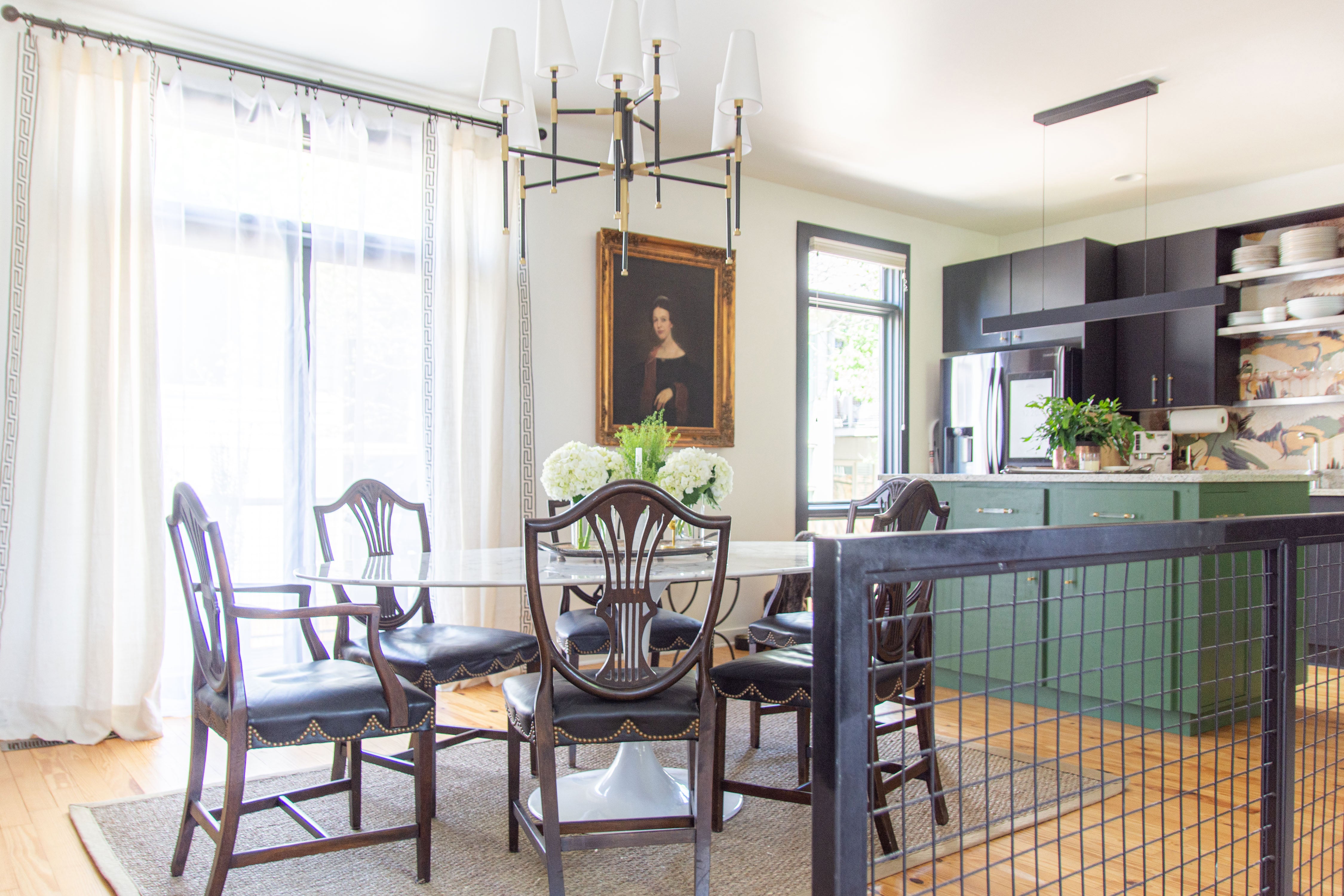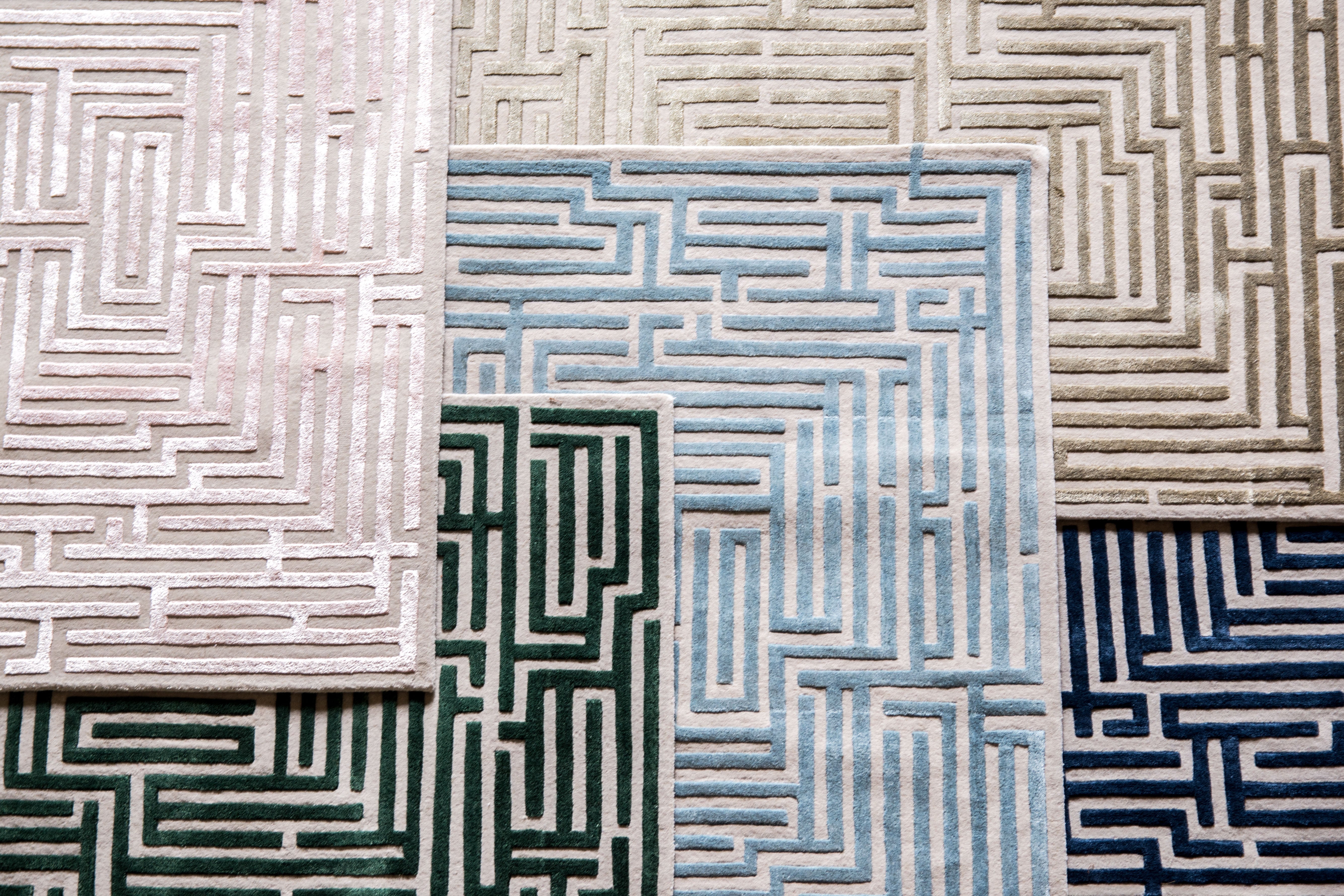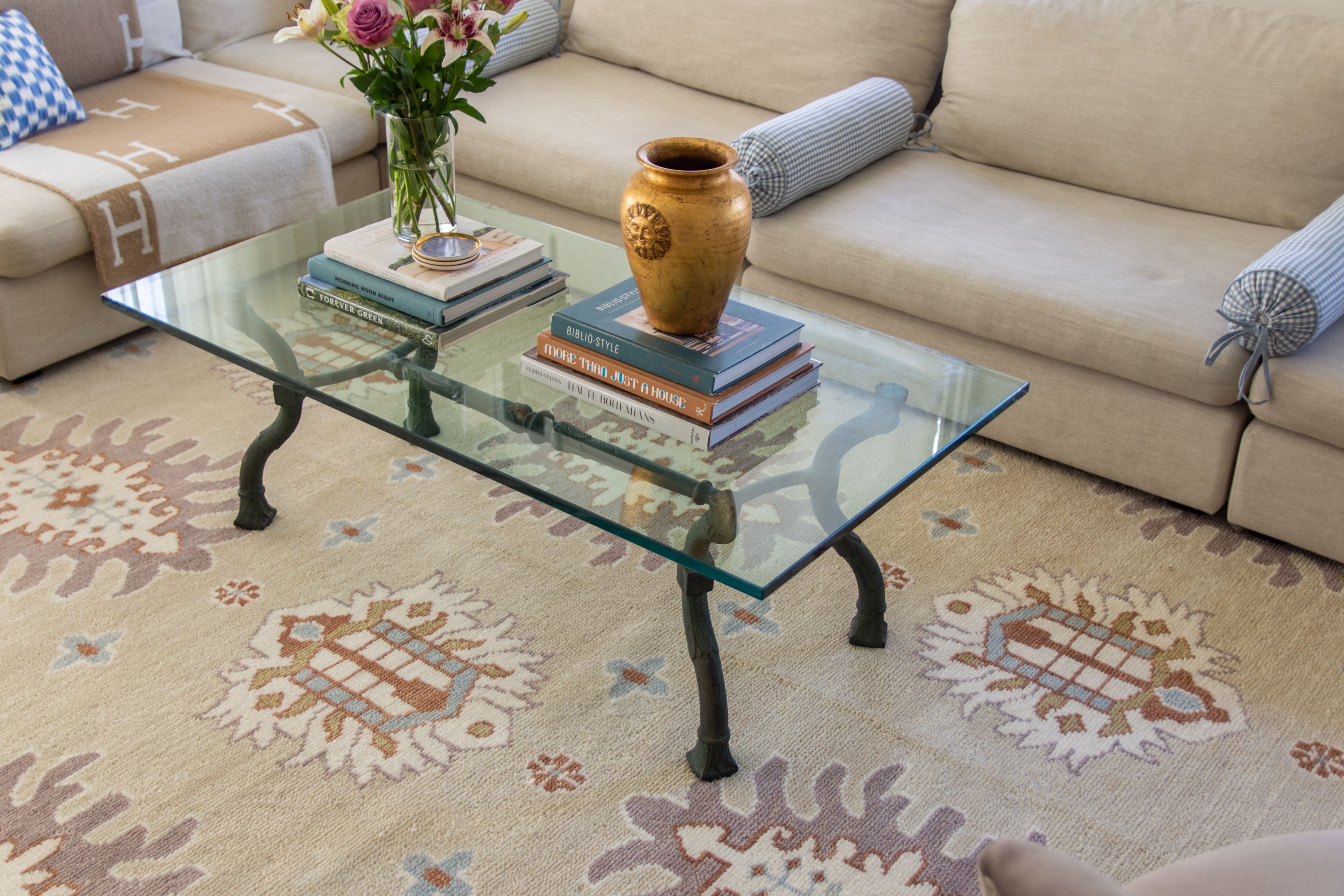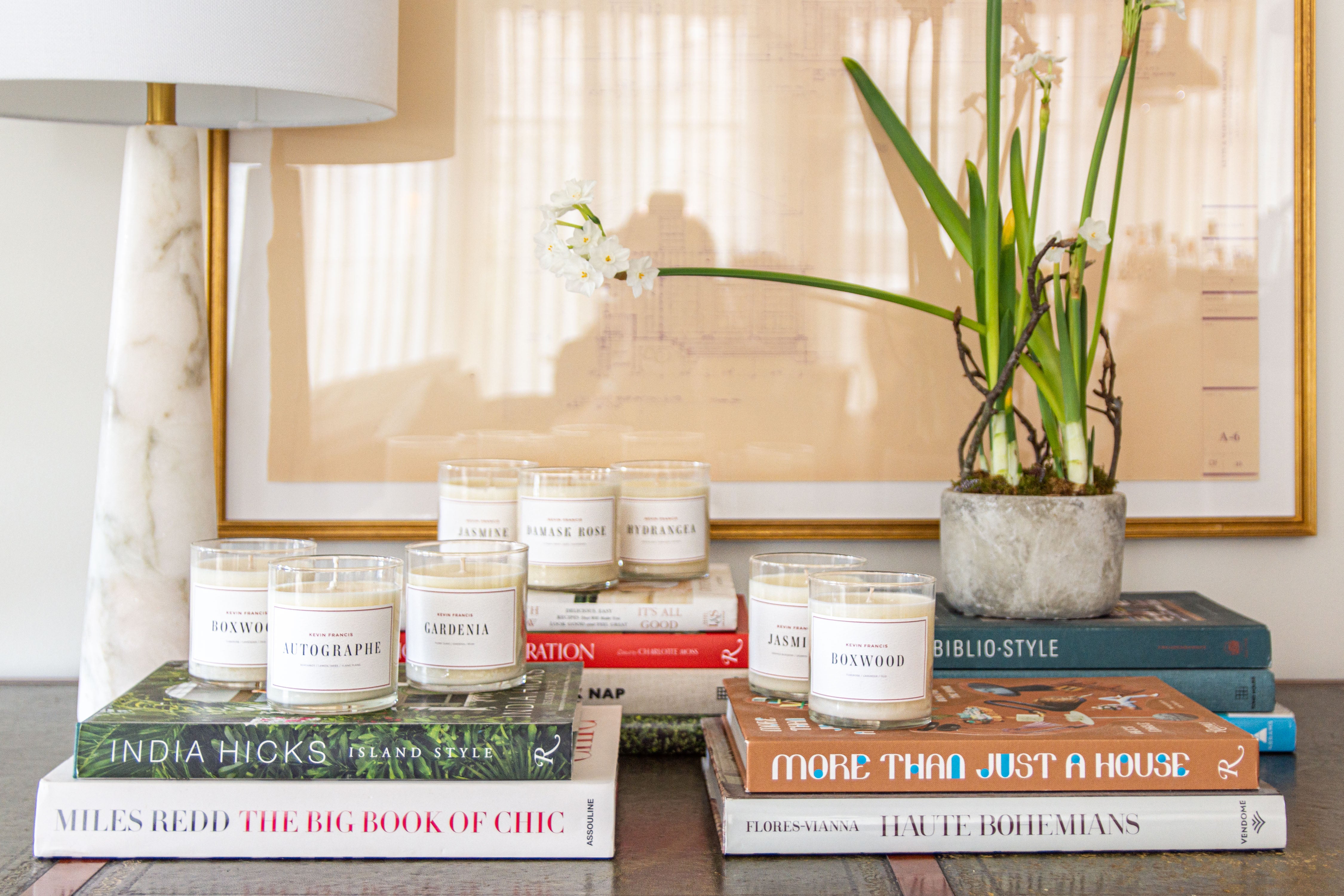Interior Design Solutions to Foster Independence and Security for Aging Individuals
Aging brings unique challenges, but the right interior design can significantly enhance both independence and security for older adults. By implementing strategic changes, you can create a living environment that supports their needs and promotes a high quality of life.
Increase Accessibility
Ensure that entryways and pathways are free from obstacles and easy to navigate. Install ramps or handrails where necessary to accommodate mobility aids like wheelchairs or walkers. Incorporating Stiltz Lifts for accessibility can provide a practical and stylish solution for multi-level homes, allowing older adults to move between floors effortlessly and safely, thereby enhancing their independence and reducing the risk of falls. Widen doorways to at least 32 inches to facilitate easy movement. Non-slip flooring materials are crucial in preventing falls, a common hazard for aging individuals. Adequate lighting, particularly in entryways, helps to reduce the risk of trips and falls.
- Smooth Transitions Between Rooms: Use threshold ramps to eliminate trip hazards between rooms with different flooring heights. This can prevent accidents and make movement smoother for those using mobility aids.
- Clear Signage and Labels: Clearly label rooms and use contrasting colors for better visibility. This can help individuals with cognitive impairments navigate their homes more easily.
- Automated Lighting Systems: Install motion-sensor lights that turn on automatically when someone enters a room. This ensures that areas are always well-lit without the need to find and operate switches.
Functional and Safe Kitchen Design
The kitchen should be both functional and safe for older adults. Lower countertops and cabinets can help those with limited mobility or reach. Use pull-out shelves and lazy Susans in cabinets to make items more accessible. Install lever-style handles on faucets and easy-to-grasp knobs on cabinets. Induction cooktops are a safer alternative to traditional stoves, as they cool down quickly and reduce the risk of burns. Bright, task-oriented lighting can improve visibility and reduce accidents.
- Slip-Resistant Flooring: Use slip-resistant flooring materials such as cork or textured vinyl. This provides a safer surface to walk on, particularly in a kitchen where spills are common.
- Touchless Faucets: Consider installing touchless faucets to reduce the effort required to turn water on and off. This also helps to maintain better hygiene in the kitchen.
- Emergency Shut-Off Switches: Place easily accessible emergency shut-off switches for appliances. In the event of an emergency, this allows for quick and safe deactivation of appliances.
Comfortable and Adaptable Bathrooms
Bathrooms are another critical area where safety and independence can be enhanced. Install grab bars near the toilet and in the shower or tub area to provide support and prevent falls. Consider a walk-in shower with a bench seat, which is more accessible than a traditional tub. Non-slip mats and flooring are essential to reduce the risk of slipping. Elevate the toilet seat to make sitting and standing easier. Handheld showerheads and adjustable shower benches also add convenience and safety.
- Anti-Scald Devices: Install anti-scald devices on faucets and showerheads to prevent burns from hot water. These devices regulate water temperature and are crucial for protecting sensitive skin.
- Heated Floors: Consider heated flooring to provide comfort and reduce the chance of slipping on cold, wet surfaces. Warm floors can also help with joint pain and stiffness.
- Bathroom Alert Systems: Integrate emergency alert systems in the bathroom, such as pull cords or panic buttons. These systems can be vital in summoning help quickly if an individual falls or has an emergency.
Thoughtful Bedroom Arrangements
The bedroom should be a sanctuary of comfort and ease. Position the bed at a height that allows easy access without needing to climb or jump. Place a nightstand within arm’s reach to keep essential items close by.
Adequate lighting is crucial - consider motion-sensor lights that automatically illuminate the path to the bathroom at night. Clear any clutter to ensure easy movement and reduce the risk of falls. Additionally, a phone or emergency alert system near the bed can provide peace of mind.
- Adjustable Beds: Use adjustable beds that can be raised or lowered and adjusted for comfort. This aids in getting in and out of bed and provides support for different sleeping positions.
- Organizational Aids: Incorporate storage solutions like bedside organizers or bed caddies to keep frequently used items within reach. This reduces the need to reach or move around unnecessarily.
- Thermostat Control: Install a thermostat within easy reach of the bed. Maintaining a comfortable temperature can improve sleep quality and overall well-being.
Creating a home that fosters independence and security for aging individuals involves thoughtful, practical design choices. By making entryways accessible, designing a functional kitchen, ensuring bathroom safety, and arranging the bedroom thoughtfully, you can significantly improve the quality of life for older adults. These adjustments not only enhance their ability to live independently but also provide a secure and comfortable environment.










